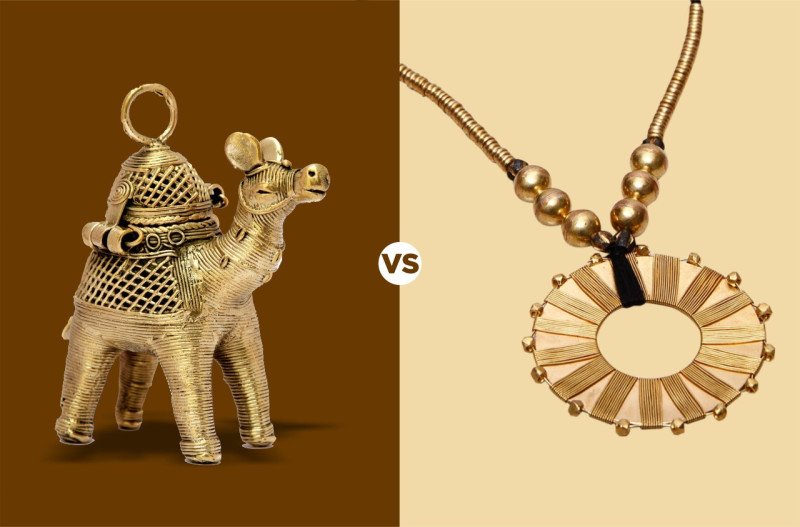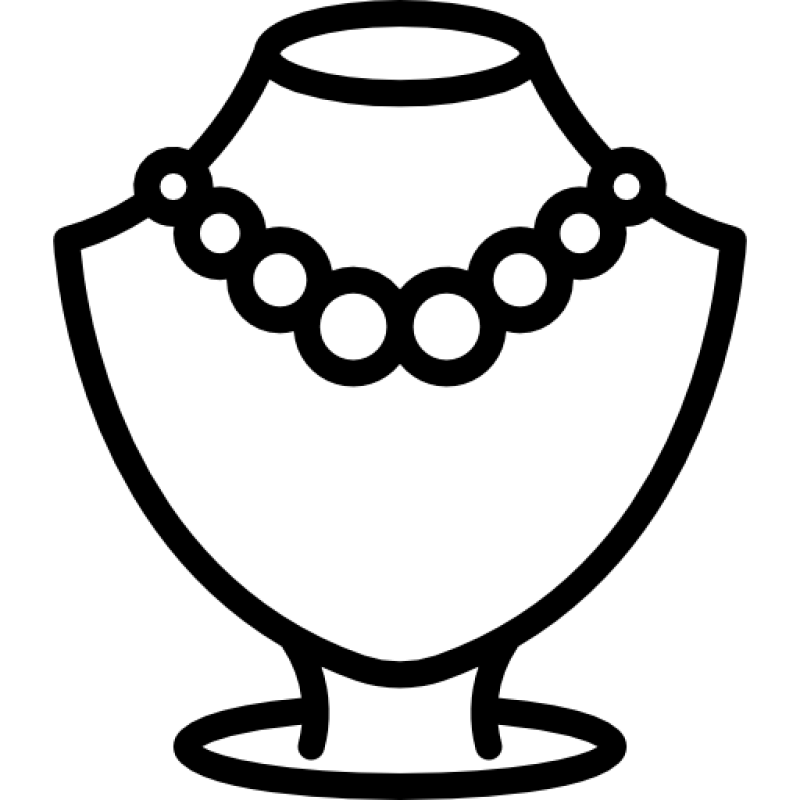Isn't it fascinating that an art form that has been around for 4000 years still holds a significant position in the world through its abundant designs? The wonder of Dhokra designs dates back to the Indus Valley Civilization, giving them ancient stories! Let's explore how the craft of Dhokra and its detailed patterns have progressed over time and maintained their strong presence in a changing society.
An Art Emerging from the Earliest Civilizations
When we assert that Dhokra art has existed for over 4,000 years, we can trace its origins to the earliest human civilizations - notably the Harappan civilization and Mohenjo Daro. The first signs of Dhokra art were discovered in these locations, exemplified by the renowned ‘Dancing Girl’ figurine.
The ancient Dancing Girl statue is a bronze figure that dates back to between 2300 and 1750 BC. It was found in Mohenjo Daro, a significant city of the Indus Valley Civilization. Crafted using the ancient lost wax technique, the distinctive designs have been transmitted through generations to the Dhokra artists of today.
What Comprises the Dhokra Design?
Dhokra handcrafted items truly represent natural themes and rustic ideas that have been polished over the ages. Examining the craftsmanship of a Dhokra piece closely reveals that the design naturally evolves with the product. A key characteristic of Dhokra design is the fine strands of wax that are wrapped around the mold. This process leads to the formation of ridges throughout the item, which is a distinctive feature of all Dhokra creations. In addition to these slender circular ridges, designs such as leaves, flowers, the Sun, the Moon, spirals, and various geometric patterns are commonly found in Dhokra art.
Major Transformations Through the Years
Given that Dhokra is an art form that has persisted for centuries, the alterations observed in its designs are relatively minimal. The techniques for moulding and casting have remained mostly consistent, following several steps of mould creation, layering, and design. Very little is known about the historical casting methods; however, when considering the primitive style used today, it doesn’t appear to be any more primitive than what exists now.
1. Product Variety - Initially, tribal artisans made Dhokra items for personal use and local commerce. The types of products from the past mainly included idols for worship or figures from folklore. Notable Dhokra sculptures of that time were representations of Jhitku-Mitki, Matamurti, measuring bowls, elephants, and horses.
With rising demand from urban areas, tribal Dhokra creators have expanded their offerings to include home decor items, contemporary idols, and practical objects. Common modern Dhokra products now feature flower vases, pen stands, ashtrays, mobile holders, and even face masks. Additionally, the assortment of Dhokra jewelry has significantly developed, catering to both national and international fashion and art enthusiasts.
2. Color Application - Historical Dhokra artifacts typically lacked any color. As per standard procedure, they were thoroughly polished after being removed from the mould. What set these products apart was the natural patina that formed on the surfaces, providing them with an ultimate antique appearance. In response to contemporary demands, Dhokra artisans today are required to ensure their products have shiny finishes, often lacquered to prevent darkening. It was not until 2018 that Dhokra artisans began to explore the use of color in their creations. Certain sections of Dhokra jewelry or the tail of peacock figures were painted with basic single colors like red to enhance their visual appeal.
3. Demand Versus Design - The original designs of Dhokra were quite basic and rustic. They lacked the intricate motifs and elements seen in modern Dhokra accessories available online. The rationale for this, as previously mentioned, was due to the limited supply that mainly reached local markets.
Staying True to Traditions
Change is the only constant in society. The Dhokra artisans have been adaptive in modifying their traditional craft to thrive in a constantly evolving world. While we’ve explored the kinds of innovations artisans have embraced, it’s important to remember that Dhokra still predominantly remains an art deeply rooted in its traditions.
The designs featured in jewellery may have evolved, but they continue to draw inspiration from nature. Although Dhokra products now include items for practical use and contemporary lifestyles, they still carry a classic and rich essence. This is, in fact, one of the key reasons why Dhokra continues to represent an art that connects us to our history and stands as a true representation of our rich cultural heritage.
For more information, please contact us.
.png)




.png)
